What Is a Formal Shirt Called?
When it comes to men’s formal fashion, few garments are as essential and as misunderstood as the formal shirt. Whether you're dressing for a corporate meeting, a black-tie event, or a sophisticated dinner, knowing what constitutes a formal shirt and how to identify it can dramatically elevate your style game.
So, what is a formal shirt called? Is it just a "dress shirt"? Is there a difference between a button-up and a formal shirt? Let’s dive into the details.
1. The Formal Shirt: Proper Terminology
The most commonly accepted name for a formal shirt is the "dress shirt." In American and British English, the terms “dress shirt” and “formal shirt” are often used interchangeably. A dress shirt is designed to be worn with formal or semi-formal attire, usually paired with suits, tuxedos, or dress trousers.
Other regional terms or variations you may encounter:
-
Tuxedo shirt: A special type of dress shirt designed for black-tie events.
-
Evening shirt: Often used in the UK to describe formal dress shirts worn at night.
-
Business shirt: A term used when the shirt is worn in a professional setting, often under a blazer or suit.
2. Key Characteristics of a Formal (Dress) Shirt
While shirts come in many varieties, here’s how to identify a true formal shirt:
➤ Stiff Collar
A formal shirt typically features a structured collar such as:
-
Spread collar
-
Point collar
-
Wingtip collar (used in tuxedo shirts)
These collars are designed to accommodate ties or bow ties and maintain a crisp, professional look.
➤ Button or French Cuffs
Formal shirts will either have:
-
Button cuffs (standard for business formal)
-
French cuffs (require cufflinks, suitable for high-formality settings)
➤ Placket Style
The front placket of a formal shirt is usually reinforced and cleanly stitched, adding to the shirt's refined appearance. Some tuxedo shirts have concealed buttons or a pleated front for a more elegant touch.
➤ Fabric Quality
Formal shirts are made from fine-quality cotton or cotton-blend fabrics with a smooth weave such as:
-
Poplin
-
Twill
-
Broadcloth
These fabrics are lightweight yet durable and offer a polished finish.
➤ Fit and Cut
Tailored fits like slim fit or regular fit are common in formal shirts. The shirt should sit close to the body without being tight and should be long enough to tuck in.
3. Dress Shirt vs. Casual Shirt: What’s the Difference?
It’s easy to confuse casual button-up shirts with formal shirts, especially since both may have similar collars and buttons. However, key differences include:
| Feature | Dress/Formal Shirt | Casual Shirt |
|---|---|---|
| Collar | Stiff, structured | Softer, more relaxed |
| Fabric | Fine cotton, broadcloth | Linen, flannel, chambray, etc. |
| Fit | Tailored for tucking in | Often looser, shorter hem |
| Cuffs | Button or French | Usually just button |
| Intended Occasion | Business, weddings, formal events | Weekends, social outings |
4. When to Wear a Formal Shirt
Understanding where and when to wear a formal shirt is crucial. Here are some common scenarios:
-
Job Interviews: Pair a white or light blue dress shirt with a navy or charcoal suit.
-
Business Meetings: Opt for classic colors and subtle patterns like stripes.
-
Weddings or Formal Events: A tuxedo shirt with a bow tie is appropriate.
-
Evening Dinners or Galas: French cuff dress shirts with cufflinks elevate your elegance.
5. Styling Tips for Formal Shirts
Want to make your formal shirt work harder for your wardrobe? Follow these expert tips:
-
Stick to neutral colors: White, pale blue, and light grey are the most versatile.
-
Invest in fit: A well-fitted shirt will look significantly more refined than an expensive one that fits poorly.
-
Mind the collar shape: A spread collar is modern and stylish, while a point collar is classic.
-
Tuck it in: Formal shirts should always be tucked in to maintain a clean silhouette.
-
Iron or steam it: Wrinkles are a no-go in formal settings.
So, what is a formal shirt called? Simply put: a dress shirt. However, not every shirt with buttons qualifies. A true formal shirt is thoughtfully constructed with quality materials, a crisp collar, and appropriate cuffs—all designed to complement a suit or tuxedo and fit the occasion.
Whether you're building a capsule wardrobe for the office or preparing for a black-tie affair, investing in a few high-quality dress shirts is non-negotiable. They are the cornerstone of a man’s formal wardrobe, balancing style with sophistication.
Pro Tip: Every man should own at least three well-fitted dress shirts—one white, one light blue, and one with subtle patterns. This trio will cover 90% of formalwear needs.
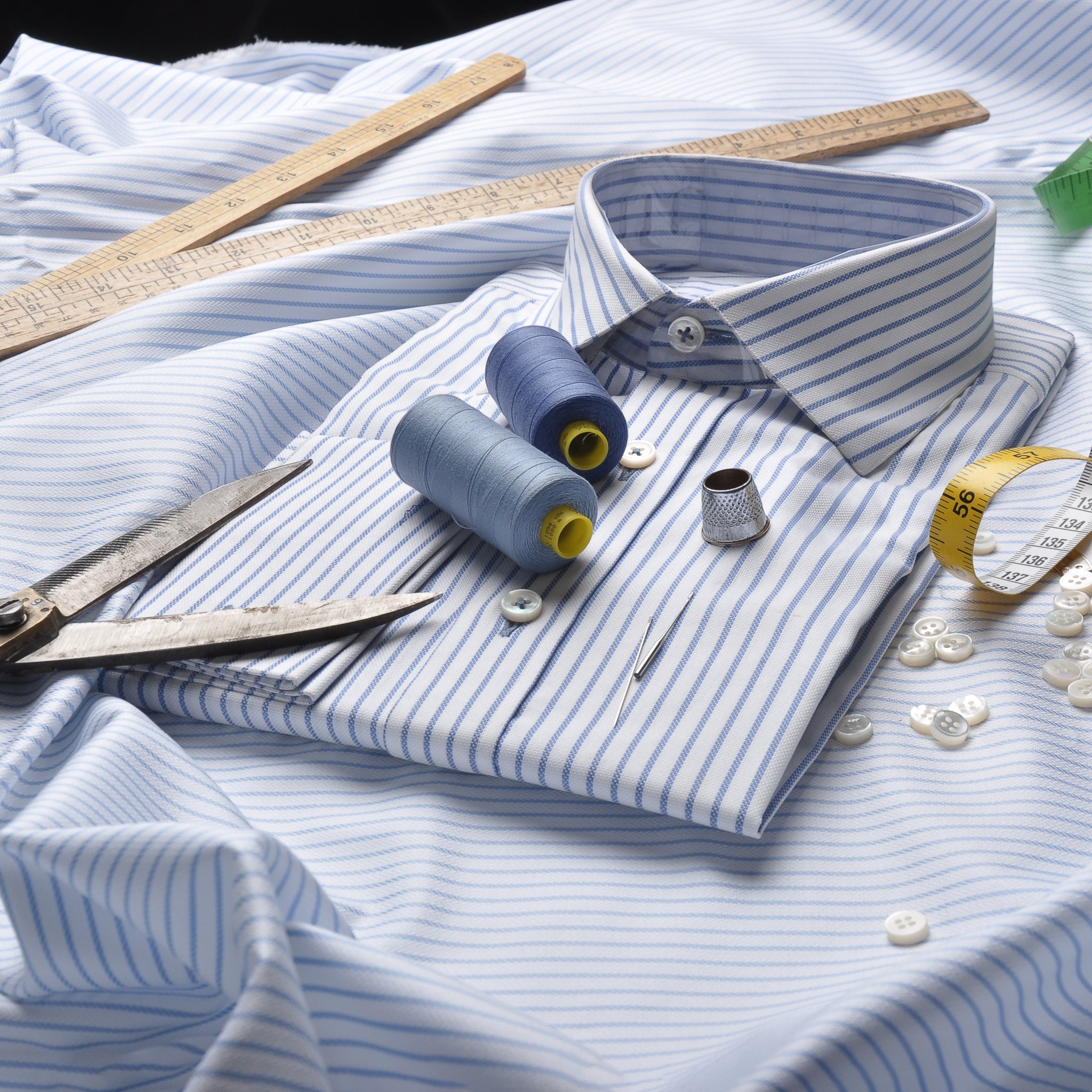



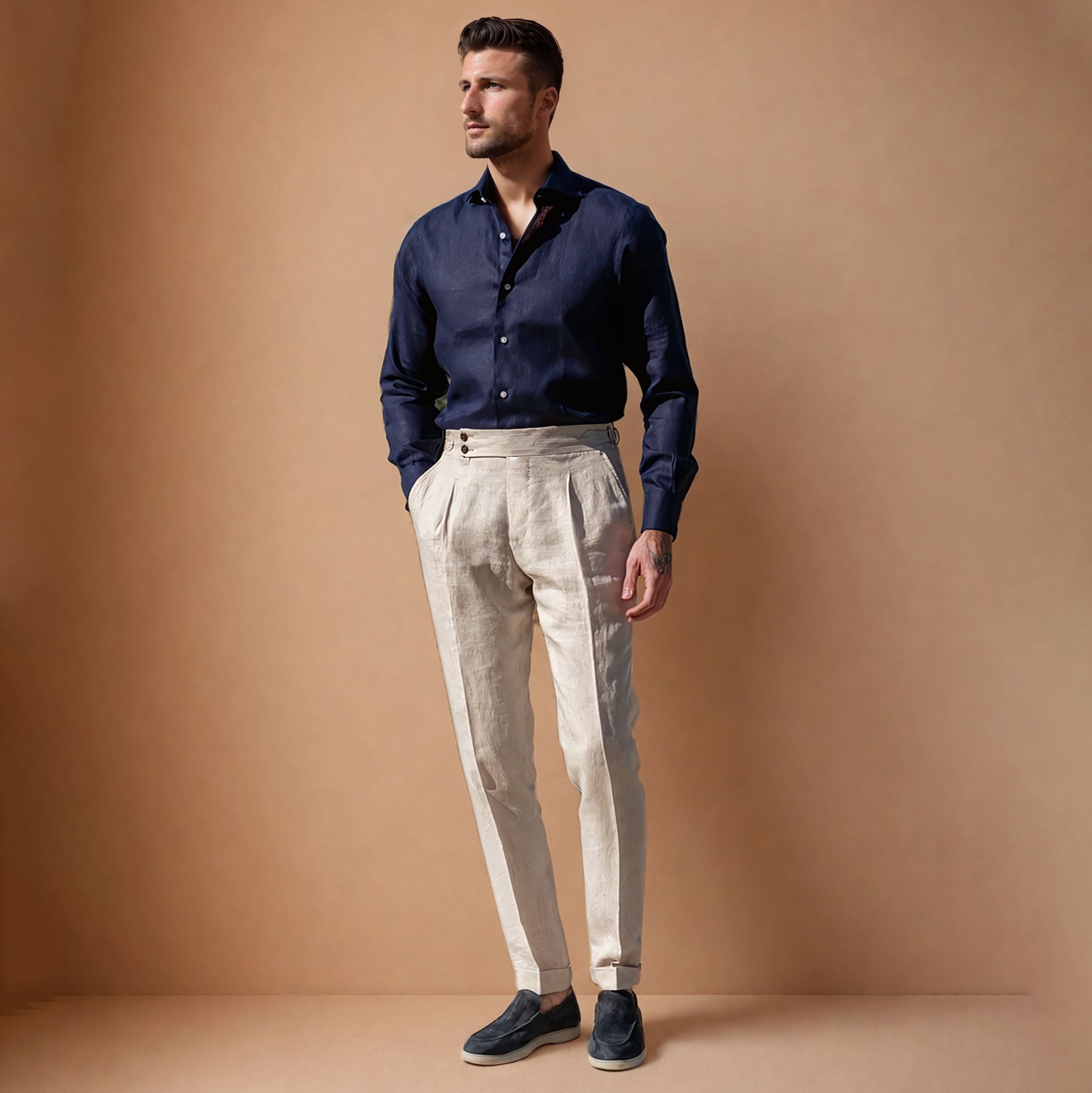
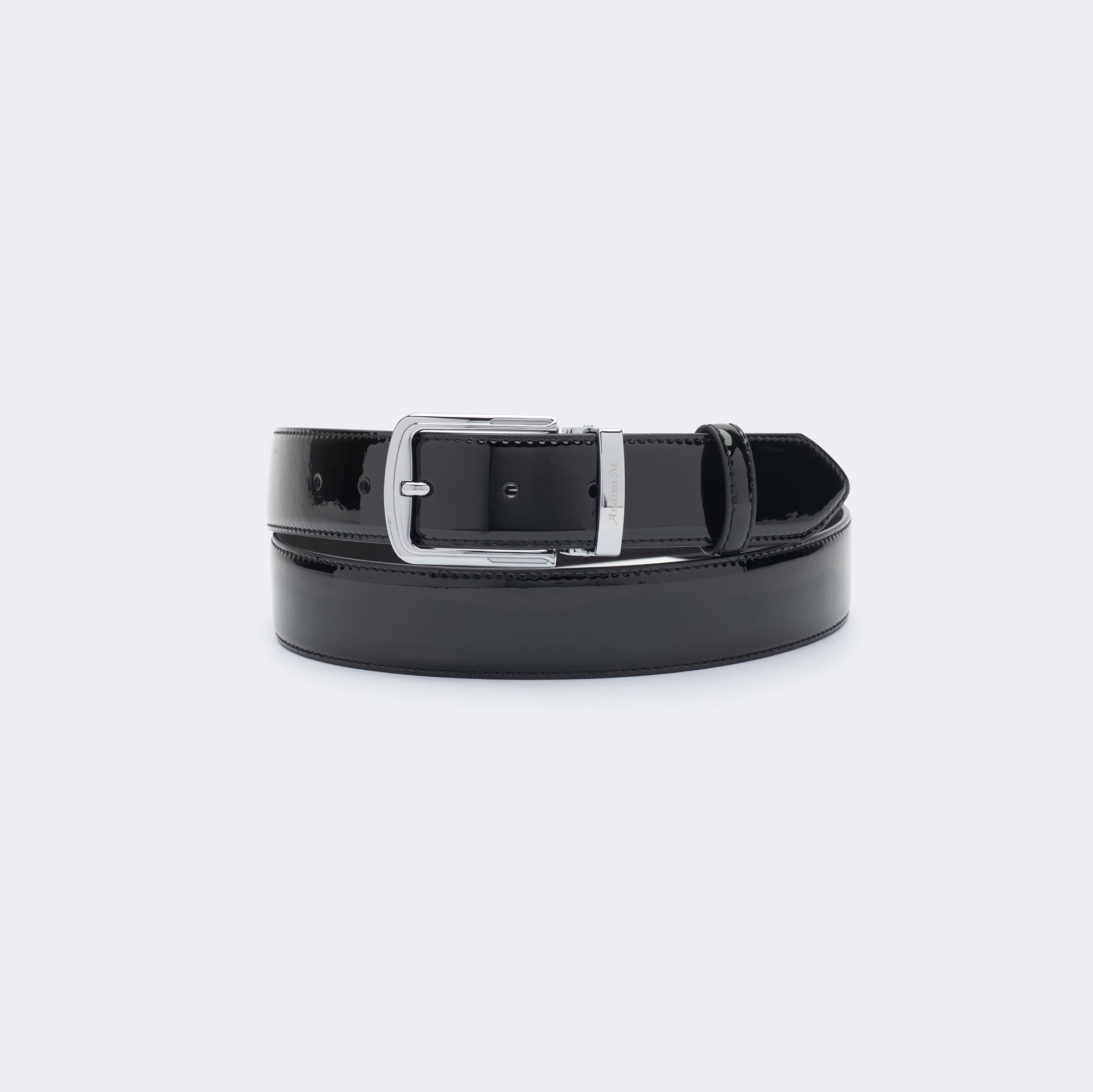
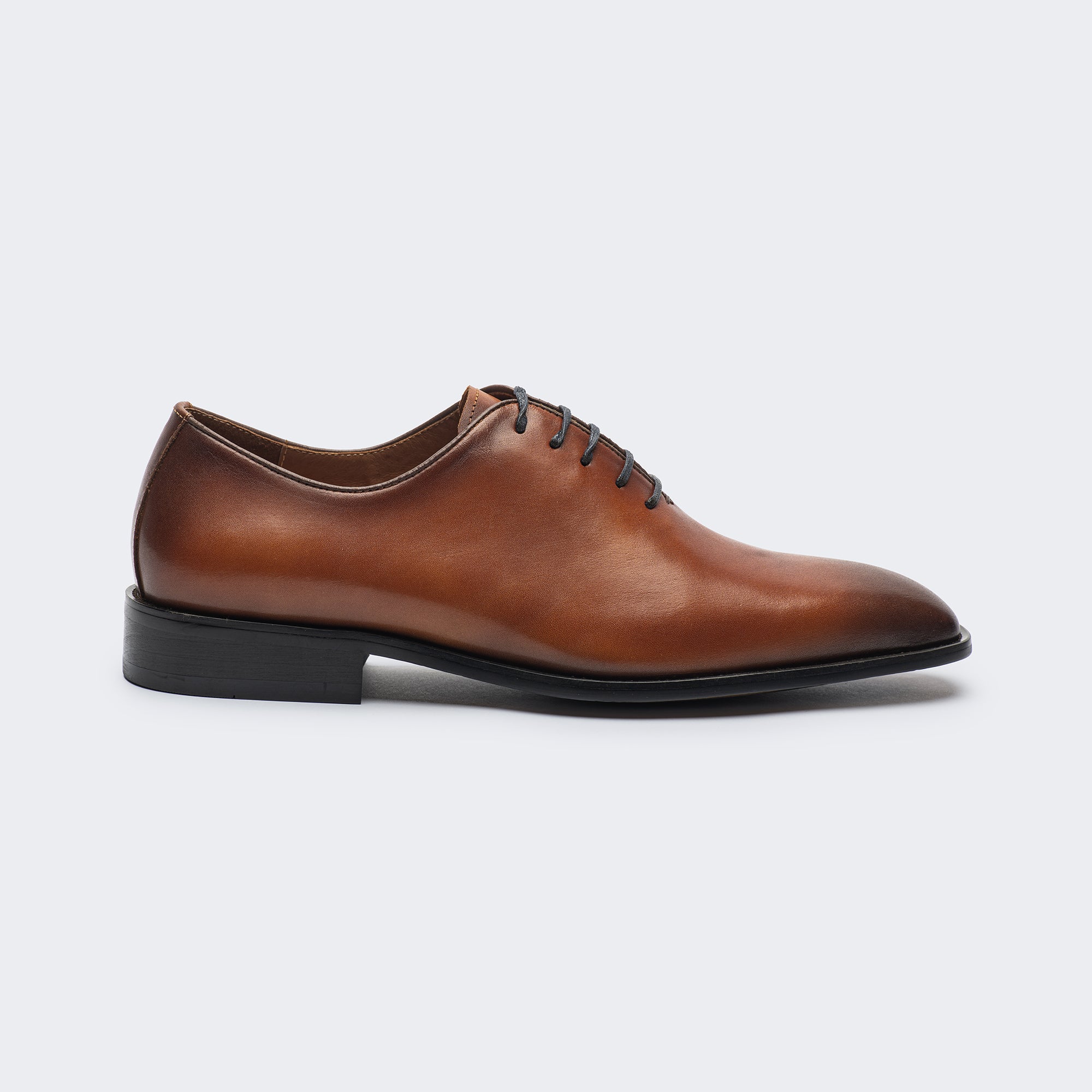
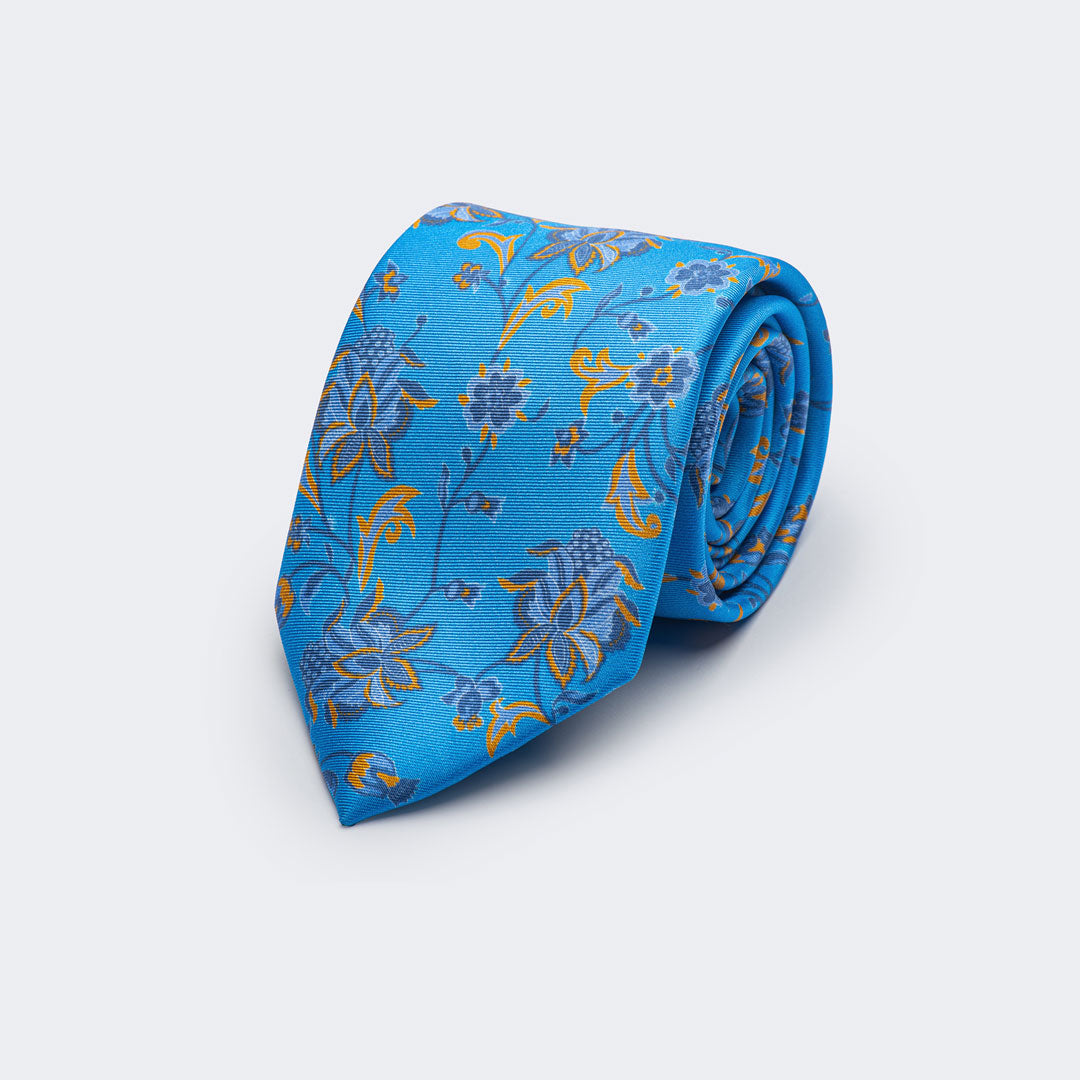

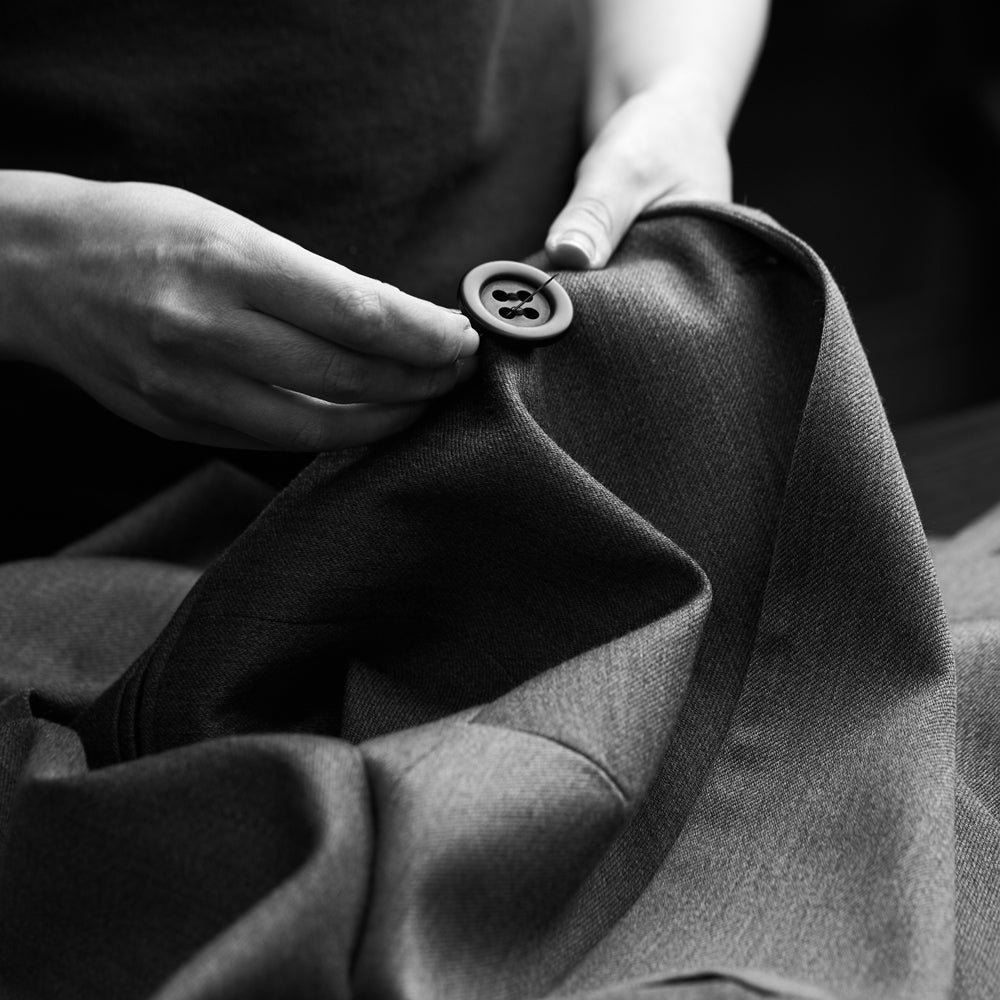
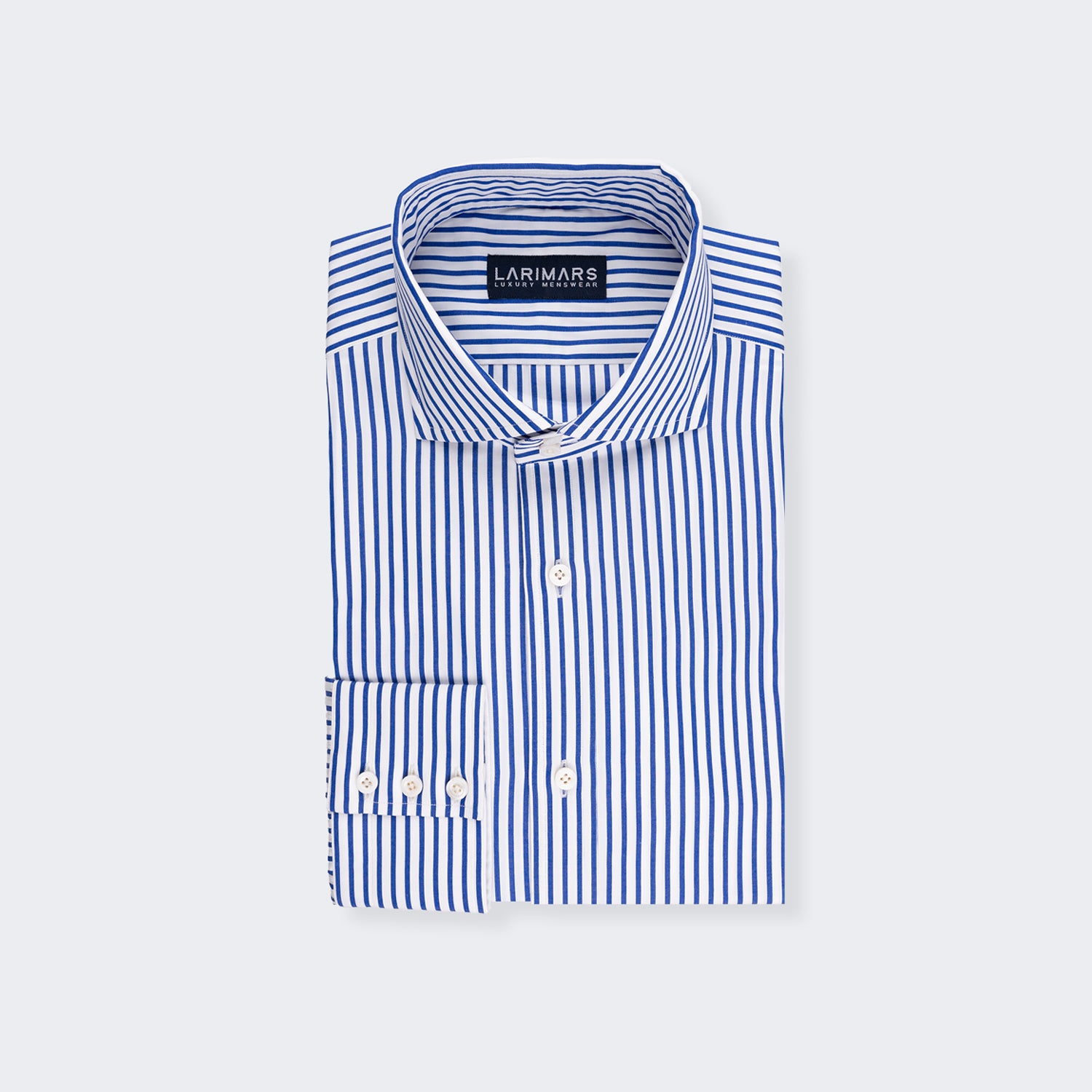
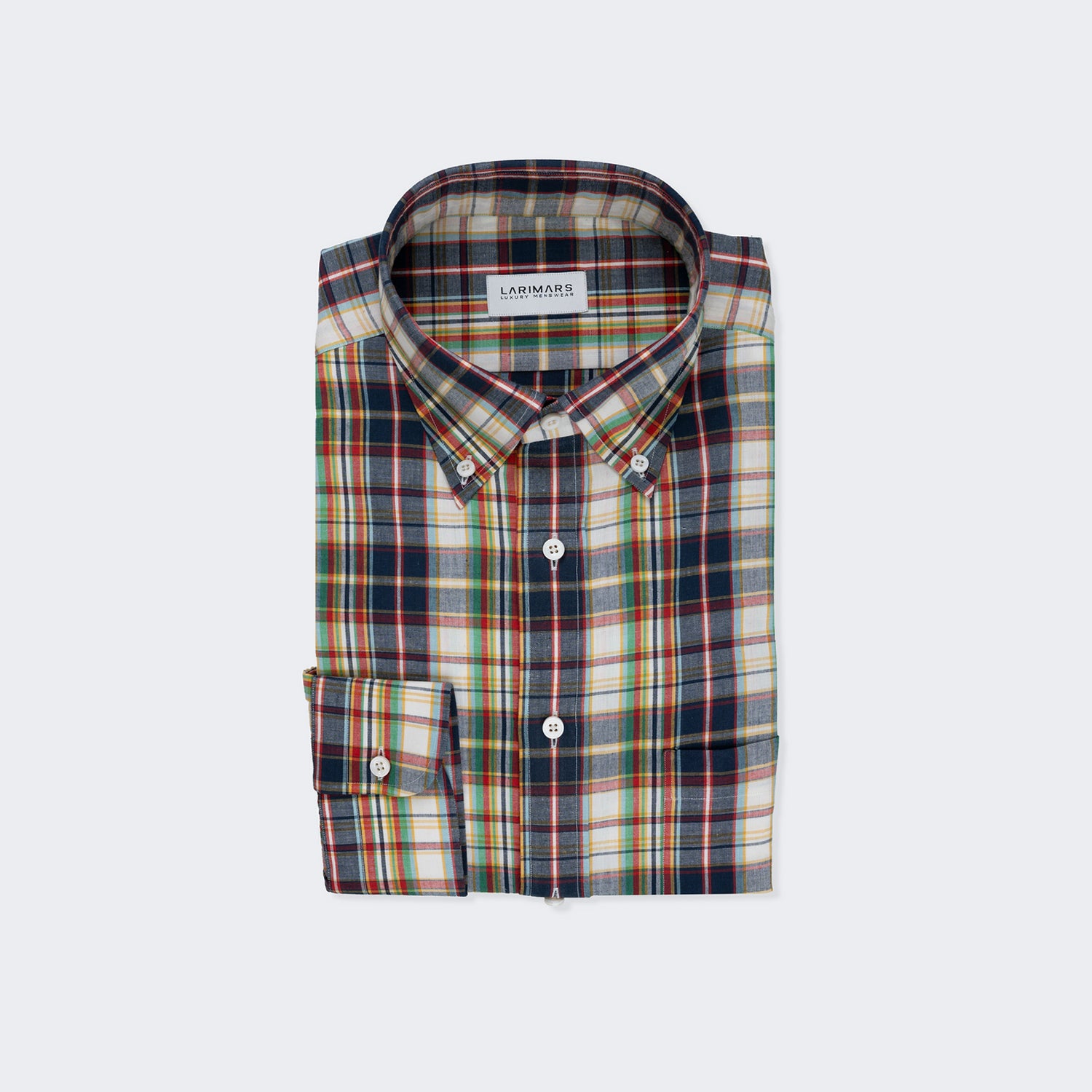
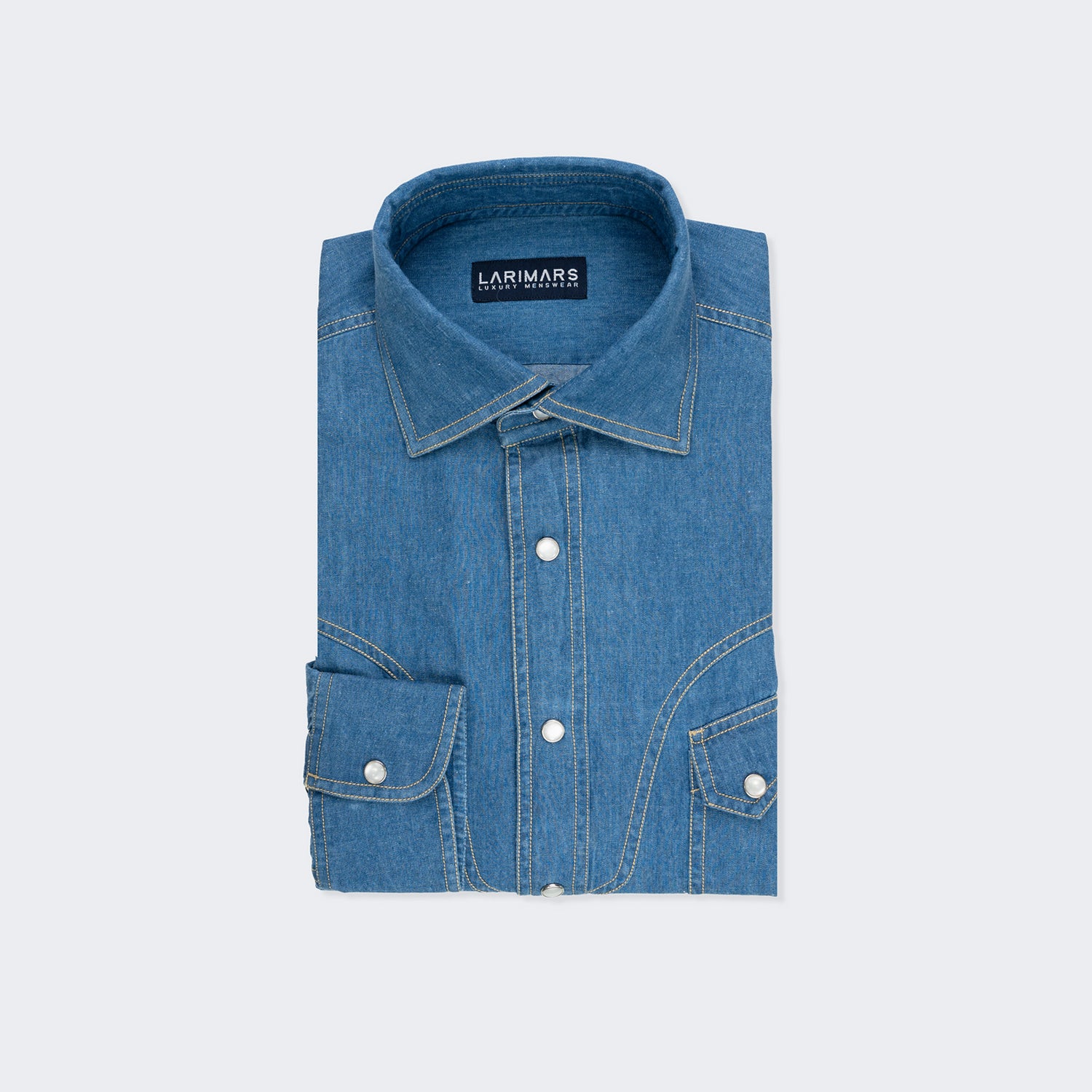
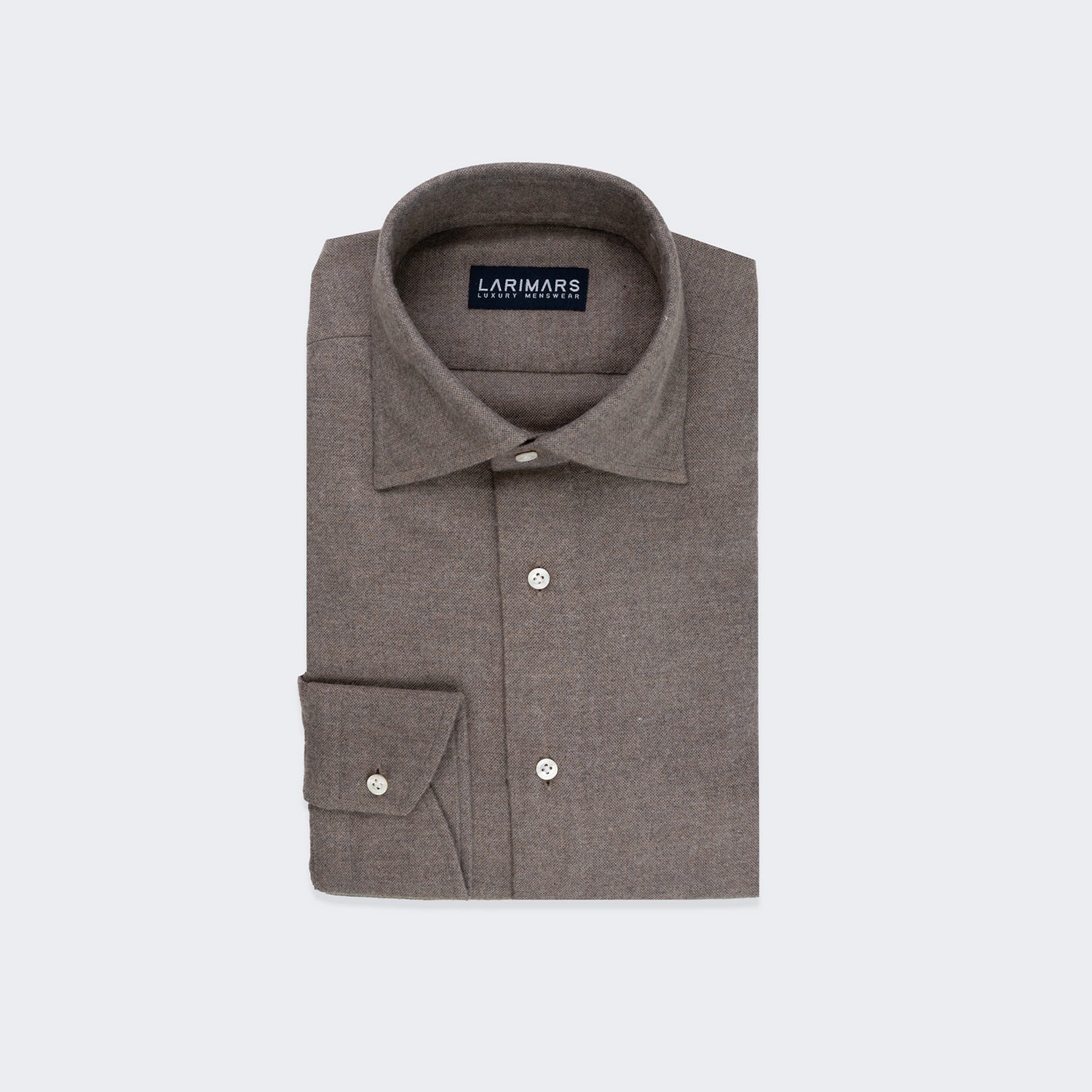

Laisser un commentaire
Ce site est protégé par hCaptcha, et la Politique de confidentialité et les Conditions de service de hCaptcha s’appliquent.